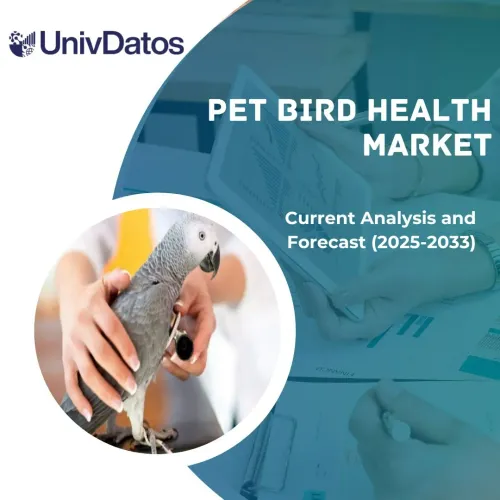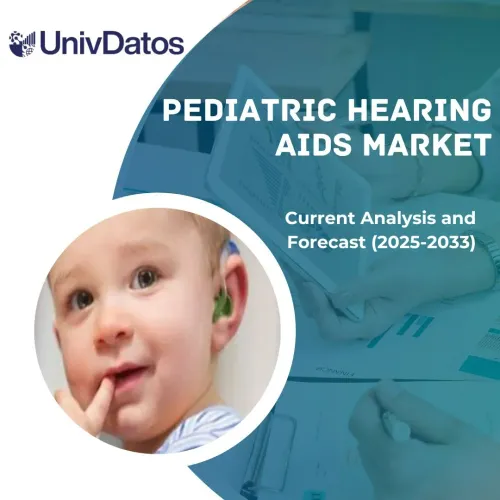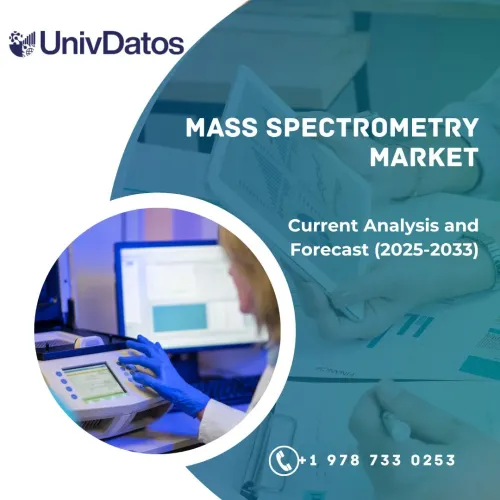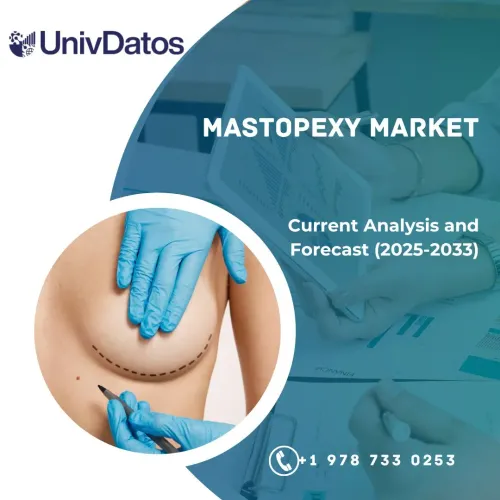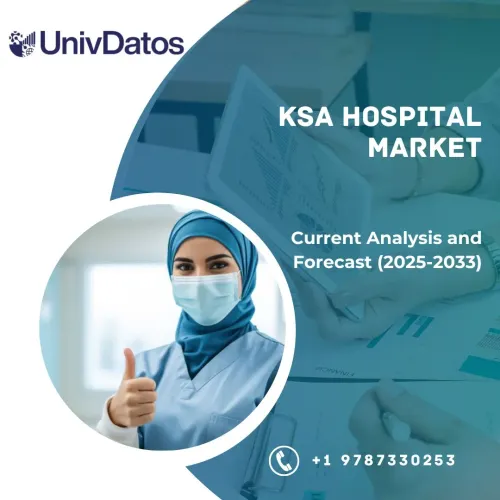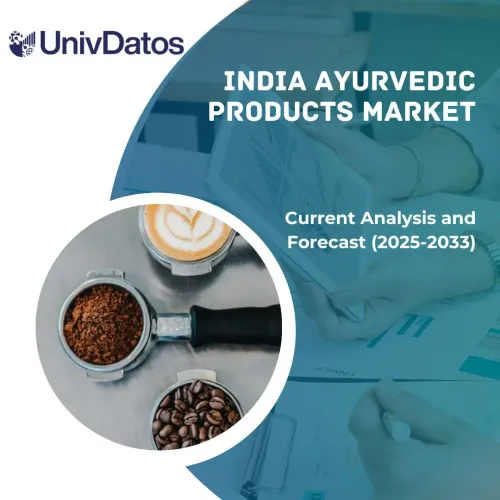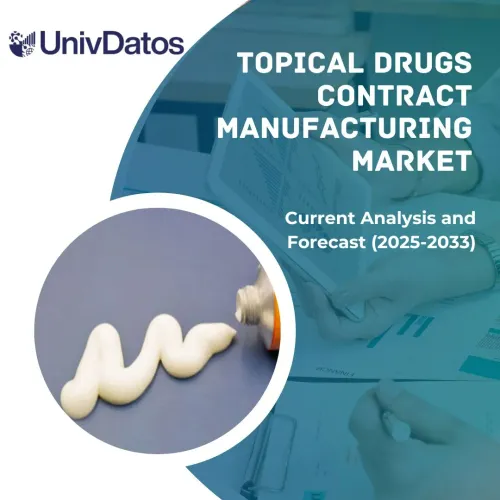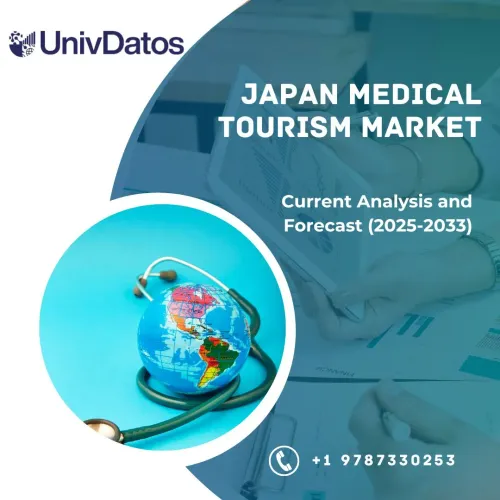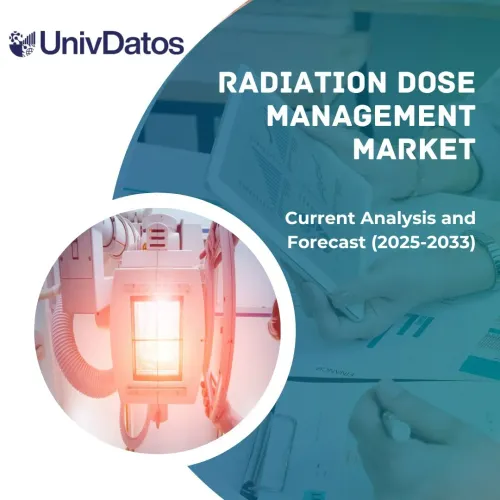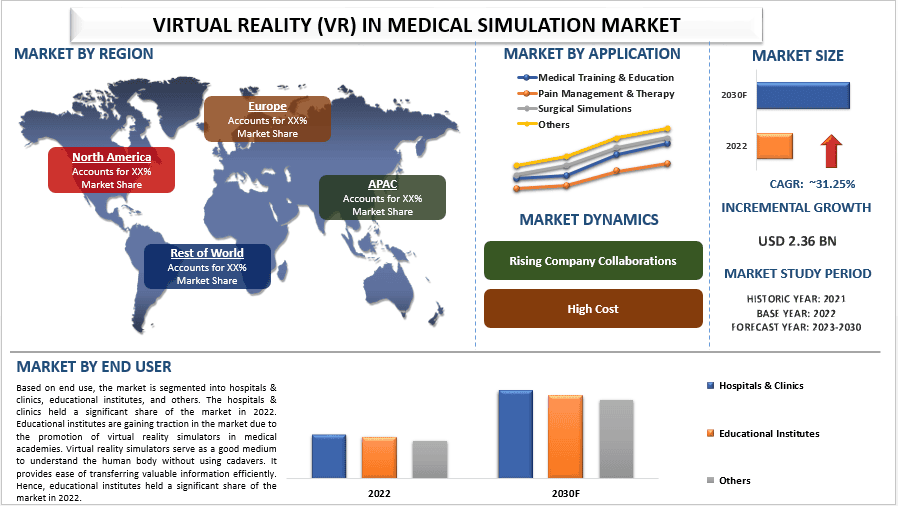
全球医疗模拟虚拟现实 (VR)预计市场在预测期内将以约 31.25% 的显著速度增长。医疗模拟中的虚拟现实 (VR) 允许医疗保健专业人员和患者与为医学教育、疼痛管理或康复量身定制的模拟环境进行交互。由于医疗机构对这种设备的使用率不断提高,市场出现了显著增长。此外,对医疗保健部门的投资以及政府投资和新政策的引入促进了此类设备在各地区之间的进出口,这些是为市场创造机会的关键因素。例如,2022 年 7 月,印度政府提出了新的《药品、医疗器械和化妆品法案》草案,以确保并提供彻底的法律保护,以确保在印度销售的医疗用品可靠、高效并符合所需标准。确定了许多其他因素,这些因素有助于在预测期内推动市场,例如公司合作的增加也在推动市场增长。
西门子医疗股份公司;Virtalis;CAE 医疗保健公司;通用电气;高通技术公司;Vuzix;Mimic Technologies, Inc.;Brainlab AG;Firsthand Technology Inc.;SimX 是市场中的一些主要参与者。这些参与者进行了一些并购和合作,以向客户提供高科技和创新产品/技术。
报告中提供的见解
“在应用中,外科模拟将见证在预测期内更高的复合年增长率”
根据应用,市场细分为医疗培训与教育、疼痛管理与治疗、外科模拟和其他。预计外科模拟细分市场将在预测期内以较高的复合年增长率增长,因为每年进行的手术数量不断增加,并且缺乏医疗专业人员。创新产品的发布也在推动这一细分市场的增长。例如,2022 年 4 月,爱尔康推出了最先进的虚拟现实外科手术培训技术——爱尔康 Fidelis 虚拟现实 (VR) 眼科手术模拟器,这是一种用于白内障手术住院医师培训的可便携式 VR 工具。该模拟器可以在世界任何地方使用,能够邀请其他人加入虚拟指导和培训课程。因此,预计应用领域的“外科模拟”将在预测期内见证更高的复合年增长率。
“在最终用户中,教育机构在 2022 年占据了市场的重要份额”
根据最终用途,市场细分为医院和诊所、教育机构和其他。医院和诊所在 2022 年占据了市场的重要份额。由于在医学院校推广虚拟现实模拟器,教育机构正在市场中获得关注。虚拟现实模拟器是了解人体而无需使用尸体的好媒介。它提供了高效传输有价值信息的便利性。例如,2023 年 10 月,费城儿童医院 (CHOP) 推出了基于虚拟现实的教育,以促进创新学习环境。因此,教育机构在 2022 年占据了市场的重要份额。
“在地区中,预计亚太地区将在预测期内见证更高的复合年增长率”
预计亚太地区将在预测期内在全球医疗模拟虚拟现实 (VR) 市场中以较高的复合年增长率增长。各种因素,如各种技术产品的开发激增、增强的可访问性和多样化的医疗保健成本,正在推动市场在预测期内的增长。此外,公司合作和收购的增加也对市场的增长产生了积极影响。制造商在该地区对医疗模拟器进行了重大改进和增强。此外,医疗设备领域的投资和资金也在增加,这正在推动该地区市场的增长。例如,在 20 财年,印度对医疗器械行业的外国投资同比增长 98%,达到 3.0101 亿美元,而 19 财年为 1.5187 亿美元。因此,预计亚太地区将在预测期内见证更高的复合年增长率。
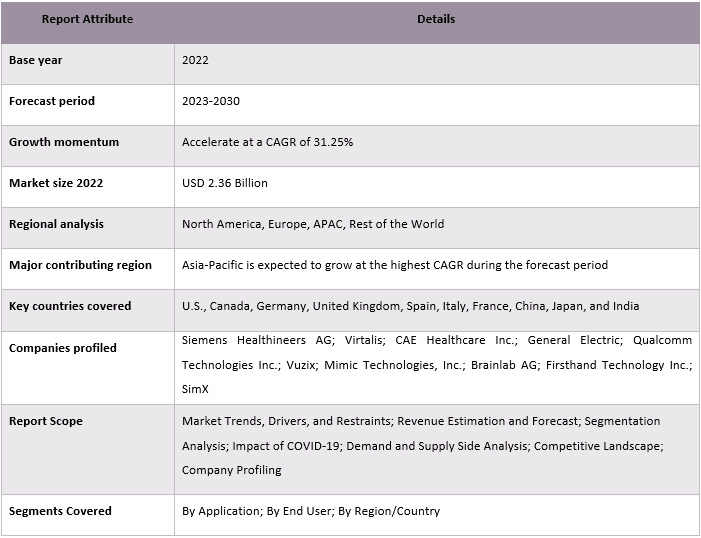
购买本报告的原因:
- 该研究包括经过权威行业专家验证的市场规模和预测分析。
- 该报告快速概览了整个行业的表现。
- 该报告深入分析了主要的行业同行,重点关注关键的业务财务、产品组合、扩张战略和近期发展。
- 对行业中普遍存在的驱动因素、制约因素、关键趋势和机会的详细检查。
- 该研究全面涵盖了不同细分市场的市场。
- 对行业进行深入的区域级分析。
定制选项:
可以根据要求或任何其他细分市场进一步定制全球医疗模拟虚拟现实 (VR) 市场。除此之外,UMI 理解您可能拥有自己的业务需求,因此请随时与我们联系以获取完全符合您要求的报告。
目录
医疗模拟虚拟现实 (VR) 市场分析的研究方法 (2023-2030)
分析历史市场、估算当前市场以及预测全球医疗模拟虚拟现实 (VR) 市场的未来市场是创建和分析全球主要地区采用医疗模拟虚拟现实 (VR) 的三个主要步骤。进行了详尽的二手研究,以收集历史市场数据并估算当前市场规模。其次,为了验证这些见解,考虑了许多发现和假设。此外,还与全球医疗模拟虚拟现实 (VR) 市场价值链中的行业专家进行了详尽的主要访谈。在通过主要访谈对市场数据进行假设和验证后,我们采用了自上而下/自下而上的方法来预测完整的市场规模。此后,采用了市场细分和数据三角剖分方法来估算和分析行业细分市场和子细分市场的市场规模。下面解释了详细的方法:
历史市场规模分析
第 1 步:深入研究二手资料来源:
进行了一项详细的二手研究,以通过公司内部来源(如)获得医疗模拟虚拟现实 (VR) 市场的历史市场规模年度报告和财务报表、业绩报告、新闻稿等,以及包括在内的外部来源期刊、新闻和文章、政府出版物、竞争对手出版物、行业报告、第三方数据库和其他可靠出版物。
第 2 步:市场细分:
在获取医疗模拟市场中虚拟现实 (VR) 的历史市场规模后,我们进行了详细的二次分析,以收集主要地区不同细分市场和子细分市场的历史市场洞察和份额。报告中包含主要细分市场,如应用、最终用户和地区。进一步进行了国家级分析,以评估该地区测试模型的整体采用情况。
步骤 3:因子分析:
在获取不同细分市场和子细分市场的历史市场规模后,我们进行了详细的因子分析以估算医疗模拟市场中虚拟现实 (VR) 的当前市场规模。此外,我们使用因变量和自变量进行了因子分析,例如医疗模拟中虚拟现实 (VR) 的应用、最终用户和地区。考虑到全球医疗模拟市场中虚拟现实 (VR) 的顶级合作伙伴关系、并购、业务扩张和产品发布,对供需情况进行了彻底的分析。
当前市场规模估算与预测
当前市场规模测算:根据上述 3 个步骤的可行性见解,我们得出了当前市场规模、全球医疗模拟市场中虚拟现实 (VR) 的主要参与者以及各细分市场的市场份额。所有必需的百分比份额拆分和市场细分均使用上述二次方法确定,并通过主要访谈进行验证。
估算与预测:对于市场估算和预测,将权重分配给不同的因素,包括驱动因素与趋势、限制因素和利益相关者可用的机会。在分析了这些因素之后,应用了相关的预测技术,即自上而下/自下而上的方法,以得出 2030 年不同细分市场和子细分市场在全球主要市场的市场预测。用于估算市场规模的研究方法包括:
- 就收入(美元)而言,该行业的市场规模以及医疗模拟市场中虚拟现实 (VR) 在主要市场上的采用率
- 所有细分市场和子细分市场的百分比份额、拆分和细分
- 全球医疗模拟市场中虚拟现实 (VR) 的主要参与者,就所提供的产品而言。此外,这些参与者为在全球快速增长的市场中竞争而采取的增长战略。
市场规模和份额验证
一手研究:与主要地区的主要意见领袖 (KOL) 进行了深入访谈,包括高层管理人员 (CXO/VP、销售主管、市场营销主管、运营主管、区域主管、国家主管等)。然后对一手研究结果进行总结,并进行统计分析以证明既定假设。一手研究的输入与二手研究结果相结合,从而将信息转化为可操作的见解。
不同地区主要参与者的划分
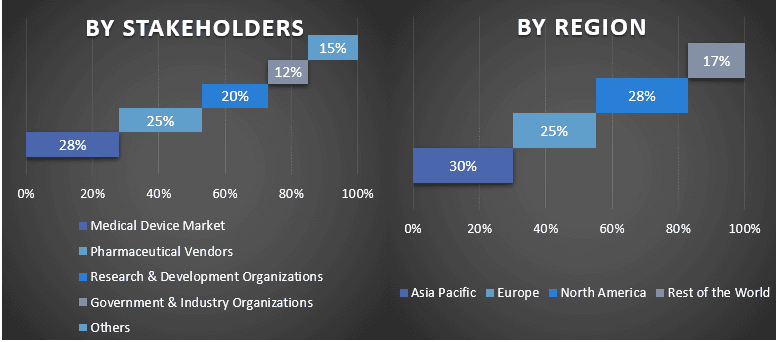
市场工程
采用数据三角测量技术来完成整体市场估算,并得出全球医疗模拟市场中虚拟现实 (VR) 各细分市场和子细分市场的精确统计数据。在研究了全球医疗模拟市场中虚拟现实 (VR) 的应用、最终用户和地区等各个参数和趋势后,将数据拆分为几个细分市场和子细分市场。
全球医疗模拟市场研究中虚拟现实 (VR) 的主要目标
研究中指出了全球医疗模拟市场中虚拟现实 (VR) 的当前和未来市场趋势。投资者可以获得战略见解,以根据研究中进行的定性和定量分析来决定其投资。当前和未来的市场趋势决定了市场在区域层面的整体吸引力,为行业参与者提供了一个平台,以利用尚未开发的市场,从而获得先发优势。研究的其他定量目标包括:
- 按价值 (美元) 分析医疗模拟市场中虚拟现实 (VR) 的当前和预测市场规模。此外,分析不同细分市场和子细分市场的当前和预测市场规模
- 研究中的细分市场包括应用、最终用户和地区
- 定义和分析医疗模拟行业中虚拟现实 (VR) 的监管框架。
- 分析涉及各种中介机构的价值链,以及分析该行业的客户和竞争对手行为。
- 分析主要地区医疗模拟市场中虚拟现实 (VR) 的当前和预测市场规模。
- 报告中研究的主要地区包括亚太地区、欧洲、北美和世界其他地区。
- 医疗模拟市场中虚拟现实 (VR) 的公司概况以及市场参与者为维持在快速增长的市场中所采用的增长战略
- 对该行业的深入区域级分析
常见问题 常见问题
问题 1:医疗模拟市场中虚拟现实 (VR) 的当前市场规模和增长潜力是多少?
问题 2:推动医疗模拟市场中虚拟现实 (VR) 增长的因素是什么?
问题 3:按应用划分,哪个细分市场在医疗模拟市场中虚拟现实 (VR) 的份额最大?
问题 4:医疗模拟市场中虚拟现实 (VR) 的新兴技术和趋势是什么?
问题 5:哪个地区将在医疗模拟市场中虚拟现实 (VR) 占据主导地位?
相关 报告
购买此商品的客户也购买了

